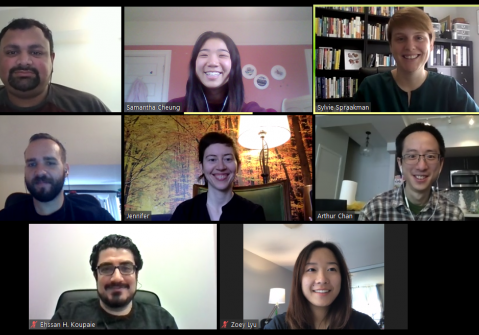
U of T Engineering set to host first-ever virtual research conference
With many projects paused during the pandemic, UTERC connects students with industry and alumni to further their academic development

IBBME welcomes new faculty member Omar F. Khan
Khan, who studies applications of nucleic acids to improve human health, returns to his alma mater
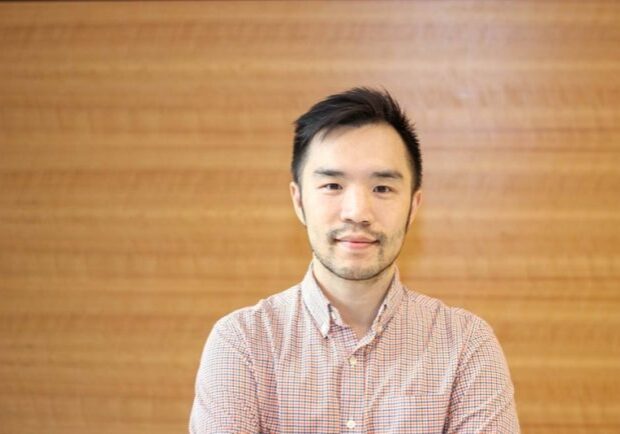
New ‘rock candy’ approach could lead to simpler, faster tests for COVID-19
Professor Leo Chou (IBBME) and his team are investigating a one-step method for detecting genes from viruses, including the one that causes COVID-19
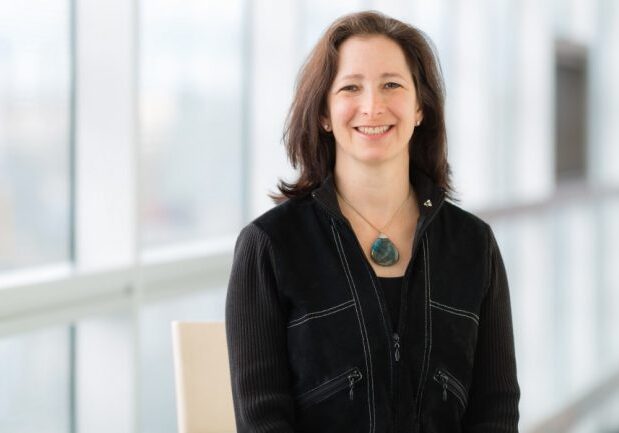
U of T researchers develop ‘piggyback’ vehicle to escape the endosomal trap and deliver RNA therapeutics
Their platform has shown to downregulate critical genes in cancer cells, and could be used for other genetic diseases
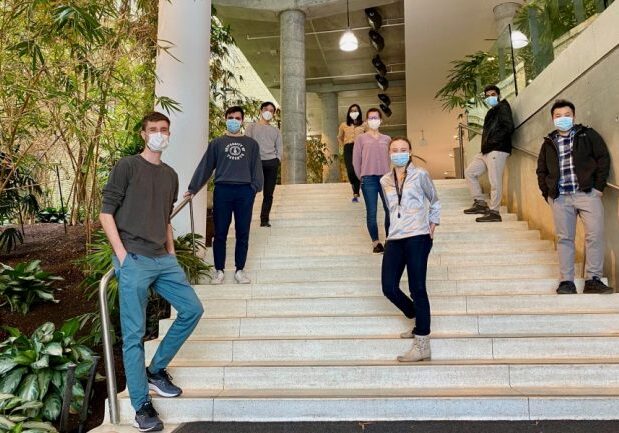
Meet the U of T Engineering team developing an on-the-go test for COVID-19
Professor Warren Chan’s lab are working on a rapid, sensitive testing kit that could be rolled out across under-resourced communities
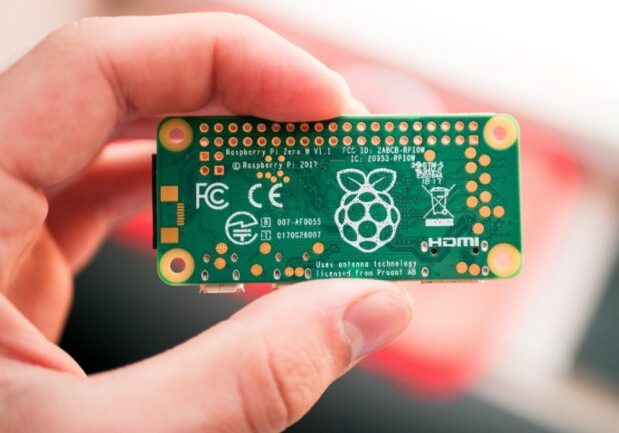
U of T Engineering team programs single-board computers to remotely monitor COVID-19 patients and protect health care workers
Solution developed by Professor Willy Wong (ECE, IBBME) and his team also helps preserve precious supplies of personal protective equipment for front-line workers

U of T startup’s wearable tech encourages hand hygiene to prevent the spread of COVID-19
As COVID-19 cases increases the workload for health-care professionals, an IBBME researcher has developed Buddy Badge to remind frontline workers throughout the day of opportunities to wash their hands



